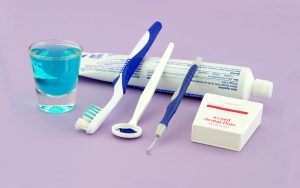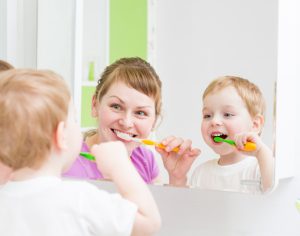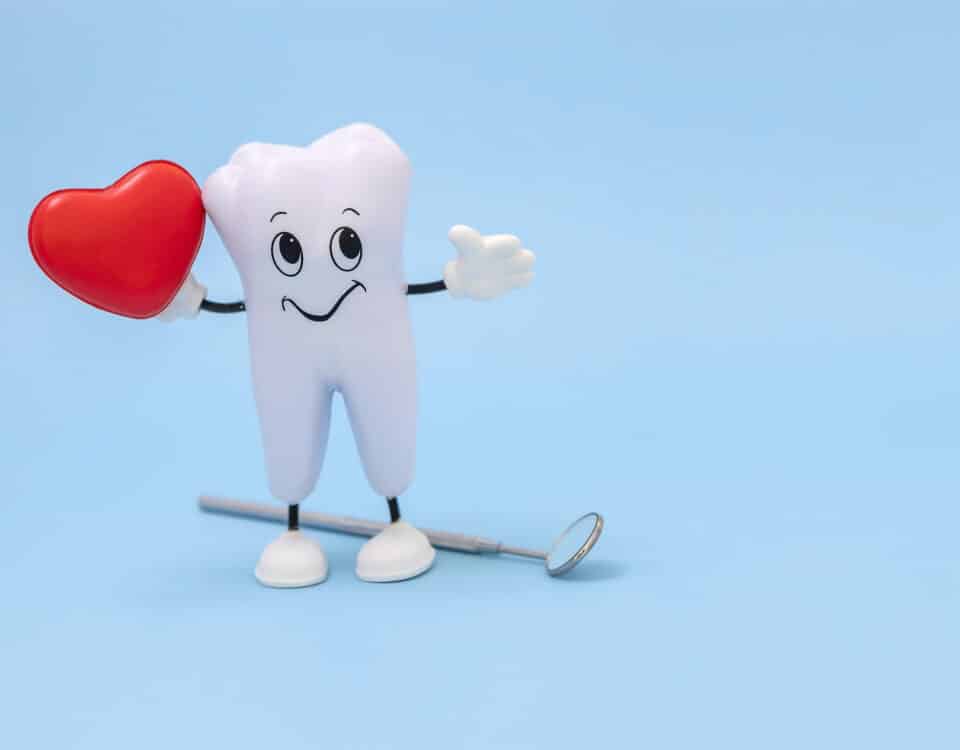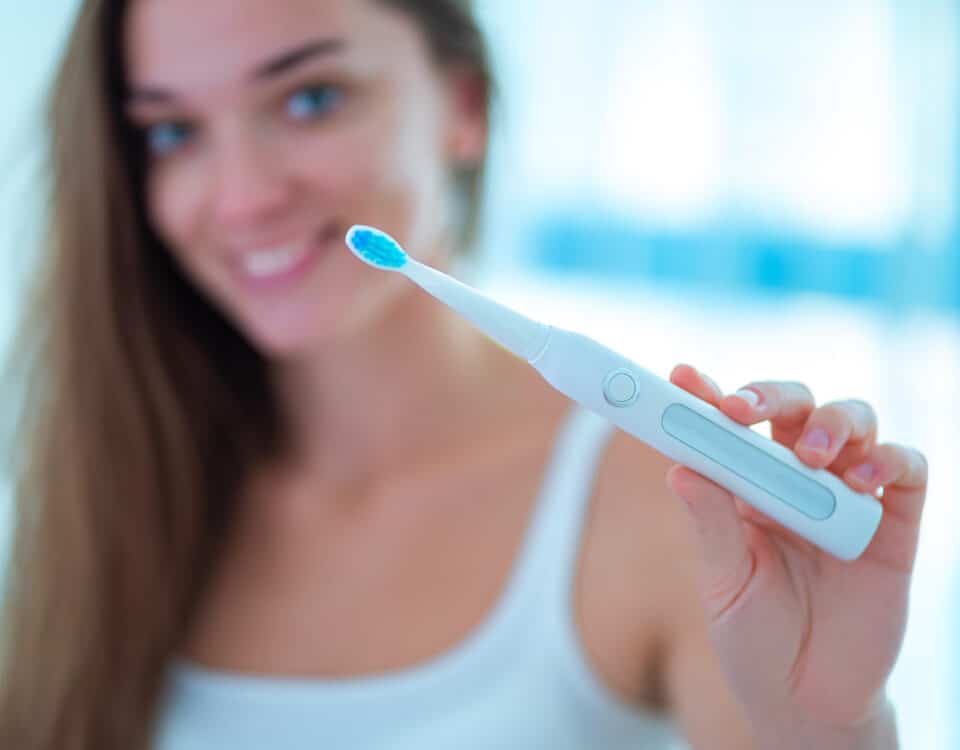What Are Dental Hygienists?
April 27, 2018Color Changes Along Your Gum Line
May 16, 2018Did you know that your oral health changes throughout life, and your oral care routine should change as well? How you take care of an infant’s gums and teeth is different than how you would care for your adult teeth. Even if you have always been vigilant with great oral hygiene practices, you can still see changes in your oral health after age 55. There are many stages of life that change your oral health and how you take care of your teeth. Find out what to do at every age and every stage to enjoy a beautiful and healthy smile for life!
Infant Oral Care
An infant will get their baby teeth one by one in their own time. When that first tooth pops through the gums, infant oral care practices must start to avoid tooth decay. Parents must brush those delicate teeth with infant toothbrushes and toothpastes. That happens at least twice a day, if not after every feeding, as infants get exposed to sugar in milk and in foods. For infants, cleaning their mouth with a damp cloth after every feeding can also help avoid cavities and dental problems.
An infant should start seeing the dentist within 6 months of a tooth popping through the gums. From there, a dentist can provide specific oral care guidelines depending on your child’s needs. Parents will continue cleaning their infant’s teeth until they are old enough to do it for themselves.
Oral Health Tips for Children
Did you know that the American Dental Association recommends that every patient (young and old) brush their teeth at least twice a day? Brushing after every meal can also remove decay-causing plaque that leads to cavities and gum disease. The ADA recommends flossing at least once, if not twice, a day. Children can avoid problems with tooth decay even more if they use child toothpastes with fluoride. This substance acts as a barrier against plaque and can help strengthen the teeth.
Children can benefit from dental sealants, which is a plastic coating we paint onto your child’s teeth, sealing them off from plaque and food particles. Starting at age 3 or 4, a child may be able to start their own oral care. Start them off with flossers and move up to adult floss when they have the dexterity to use it. A child should use a child toothbrush that fits their mouth and that will get them excited about brushing their teeth.
Guidelines for All Patients
Make sure you always fit the dental product to the patient using it. Toothbrushes should always fit the size of the mouth of the person. There are infant brushes for infants, others for children and still more for adults. A good rule of thumb is to use a soft-bristled toothbrush to avoid tooth erosion and damage.
All patients should be brushing at least twice a day and flossing as well. Each patient should also see the dentist at least twice a year for comprehensive exams and dental cleanings. Using fluoride products, mouthwash to kill bacteria, and dental treatments such as sealants can help you avoid disease and decay. The best part is, that you only need to take about 2 minutes with brushing and another minute with flossing. That’s it!
Changing Oral Health after Age 55
We mentioned that your oral health can change as you age. This is especially common after age 55, even if you have always been vigilant with oral care guidelines. There are common problems patients experience the older they get, and reasons why those problems happen:
- Shifting Teeth: If you’ve received orthodontic treatment, you probably also received a retainer. These are important for keeping the teeth straight all throughout life. You may notice that your teeth become crooked over the years. There is a natural dental shift that happens as you age and your palate becomes narrower. This may cause the teeth to start crowding. You can update your retainer to try to stop that shifting from happening.
- Wear and Tear: The longer you have your teeth, the more they will wear down, especially if you grind your teeth. Cosmetic bonding and dental appliances can help build the teeth back up and stop the wear and tear.
- Color Change: Have you noticed that older adults tend to have yellow or gray teeth more often? Your eyes don’t deceive you. As you age, your tooth enamel becomes thinner, revealing the layers of your teeth underneath. Not all those layers are white, and as your enamel thins, you may notice a yellow or gray color that comes from the inside dentin. Teeth whitening services can help with this color change.
- Dry Mouth: Many people develop chronic conditions as they age. If you notice yourself getting a dryer mouth suddenly, it could be the medication you are taking for a condition. Always check your medication side effects and switch medications if yours causes dry mouth.
- Dental Disease: The longer you have your teeth, the more they are exposed to plaque. This increases a person’s risk for both tooth decay and gum disease. You must always brush and floss your teeth several times a day, no matter your age, to avoid dental diseases.
What Can You Do?
We recommend always going to your biannual dental exams and cleanings throughout life. That means you see the dentist twice a year, every year from the time you have your first baby tooth. Over the years, you will have to have fillings, implants and other dental appliances replaced. This is easy to do and is something you should do, as decay can happen under old fillings and more.
At each stage and with every dental health change that comes, we can instruct you on the proper oral care you should have. If you want to check on the health of your teeth or need tips on proper oral care for your family, call Family & Cosmetic Dentistry of the Rockies today at (970) 267-0993!







